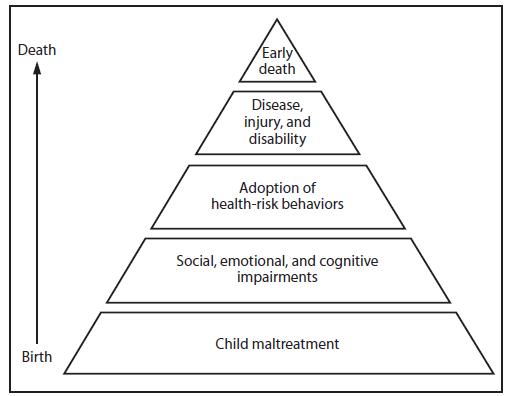Amphetamine Use and Abuse Paper Help
Aaliyah continues to struggle with balancing her work hours and her schoolwork. She has been drinking coffee to help her stay awake, but it is no longer working. She has an exam coming up and needs to stay up to study (Amphetamine Use and Abuse Paper Help).
Aaliyah decides to take an amphetamine to stay awake to study for the exam. She promises herself that she will only take it this one time for the exam. The drug allows her to stay awake and alert while she is studying for the exam. She also feels that she is learning the material better because of the amphetamine. When the grades are in, Aaliyah receives an A on her work.
As the semester continues, Aaliyah turns to amphetamines more and more often to help her stay awake to complete her schoolwork. Soon, Aaliyah finds that one pill no longer keeps her awake if she needs.
She starts taking more than one pill at a time. She knows that taking amphetamines so often is not good for her health, and she finds she experiences an increase in headaches when she takes them, but she continues to take them because they are helping her be successful in school and at work.
Based on the case study, prepare a paper that addresses the following:
· Examine the change in amphetamine use and abuse in the U.S. from the 1950s to the present.
· Explain to which schedule amphetamines belong and why they are on the Schedule of Controlled Substances.
· Explain the effects Aaliyah might be experiencing because of her regular amphetamine use. Be sure to include:
o Acute effects, chronic effects, and withdrawal
o Effects on physiology (brain and body), behavior, mood, and toxicity
· Give at least three indications from the case study suggesting there may be a problem with Aaliyah’s substance use. That is, describe at least three likely behaviors that Aaliyah is likely to exhibit if she is misusing amphetamines.
Determine whether Aaliyah has a substance use disorder. Include a discussion of DSM criteria. Use the template to help you make the assessment.
Download the diagnosis template to use with this assignment.
Diagnosis Template:
Place a check in front of each symptom that is present
o Substance is taken in larger amounts or for longer periods than intended
o A persistent desire or unsuccessful attempts to cut down or regulate substance use
o A great deal of time spent obtaining the substance, using the substance, or recovering from substance use
o An intense desire or urge for the substance o Use results in failure to fulfill major obligations at work, home, or school
o Continued use despite social or interpersonal problems caused or exacerbated by the substance use
o Important social, occupational, or recreational activities are given up or reduced because of the substance use (Amphetamine Use and Abuse Paper Help)
o Recurrent use in situations where it is physically hazardous
o Continued use despite persistent or recurrent physical or psychological problems that occur because of or exacerbated by substance use
o Tolerance
o Need for more of the substance to achieve desired effect
o Markedly diminished effect when using the same amount of the substance
o Withdrawal
o Presence of characteristic withdrawal syndrome when the substance is not present
o Using the substance to alleviate withdrawal symptoms
(Note: Criteria of tolerance and withdrawal are not considered to be met for those individuals taking medications under appropriate medical supervision)
Two or more checks on this list = substance use disorder (Amphetamine Use and Abuse Paper Help)
Reference
American Psychiatric Association (2013). Diagnostic and statistical manual of mental disorders (5th ed.). Washington, DC: American Psychiatric Association. https://psycnet.apa.org/record/2013-14907-000
Do you need a similar assignment done for you from scratch? Order now!
Use Discount Code "Newclient" for a 15% Discount!




